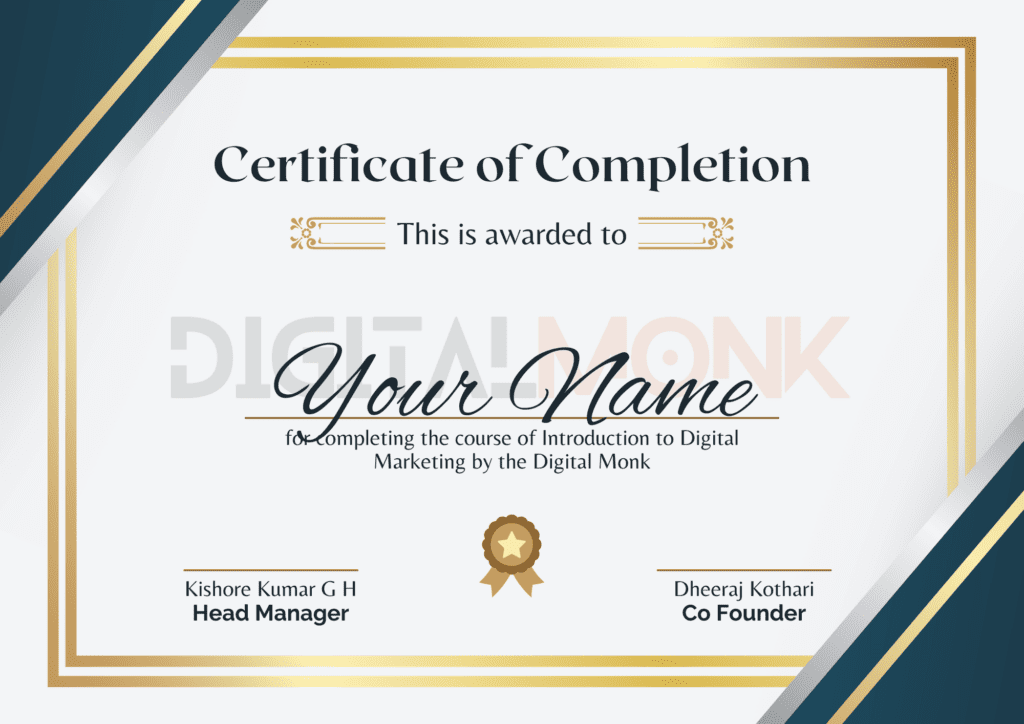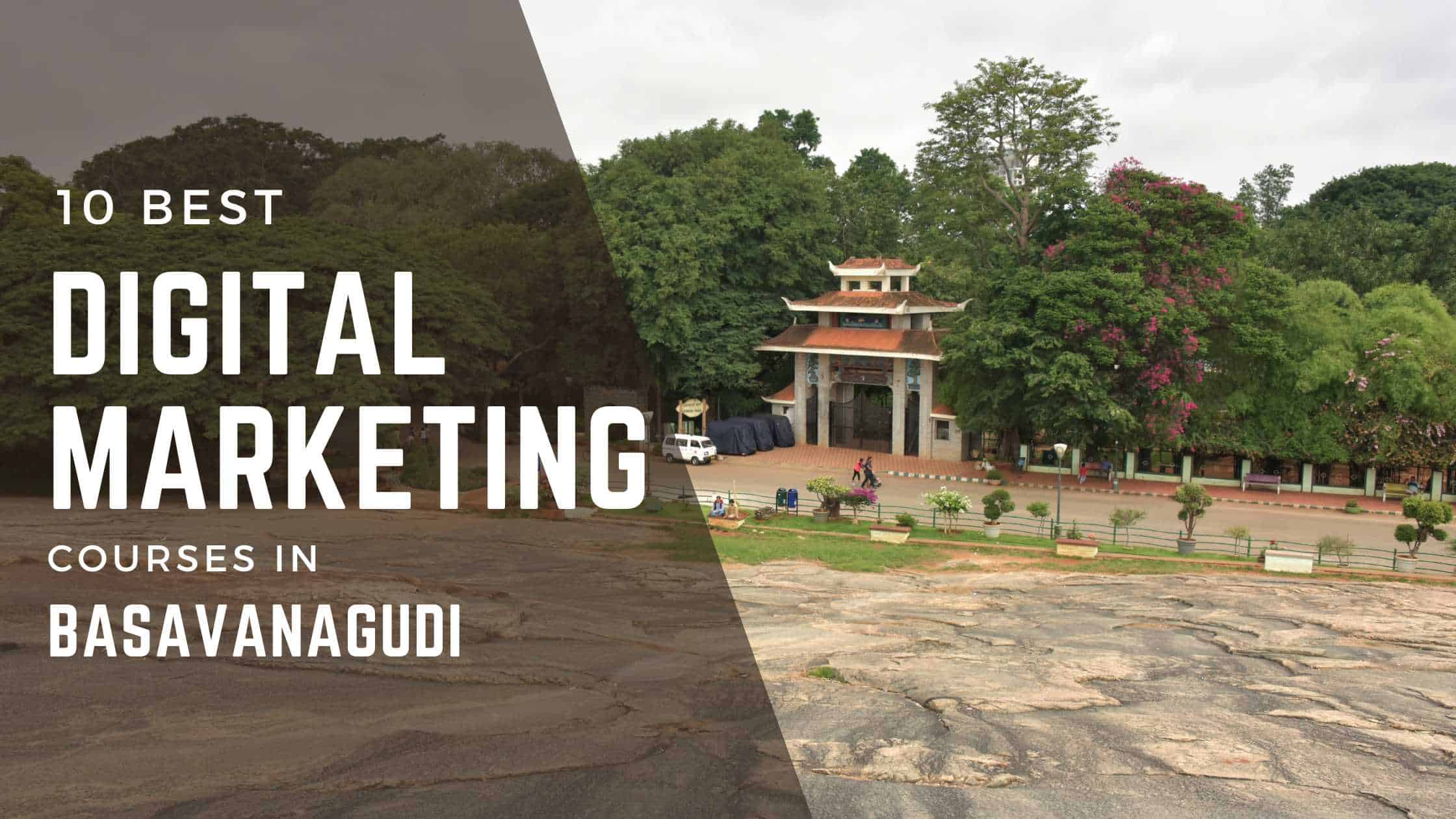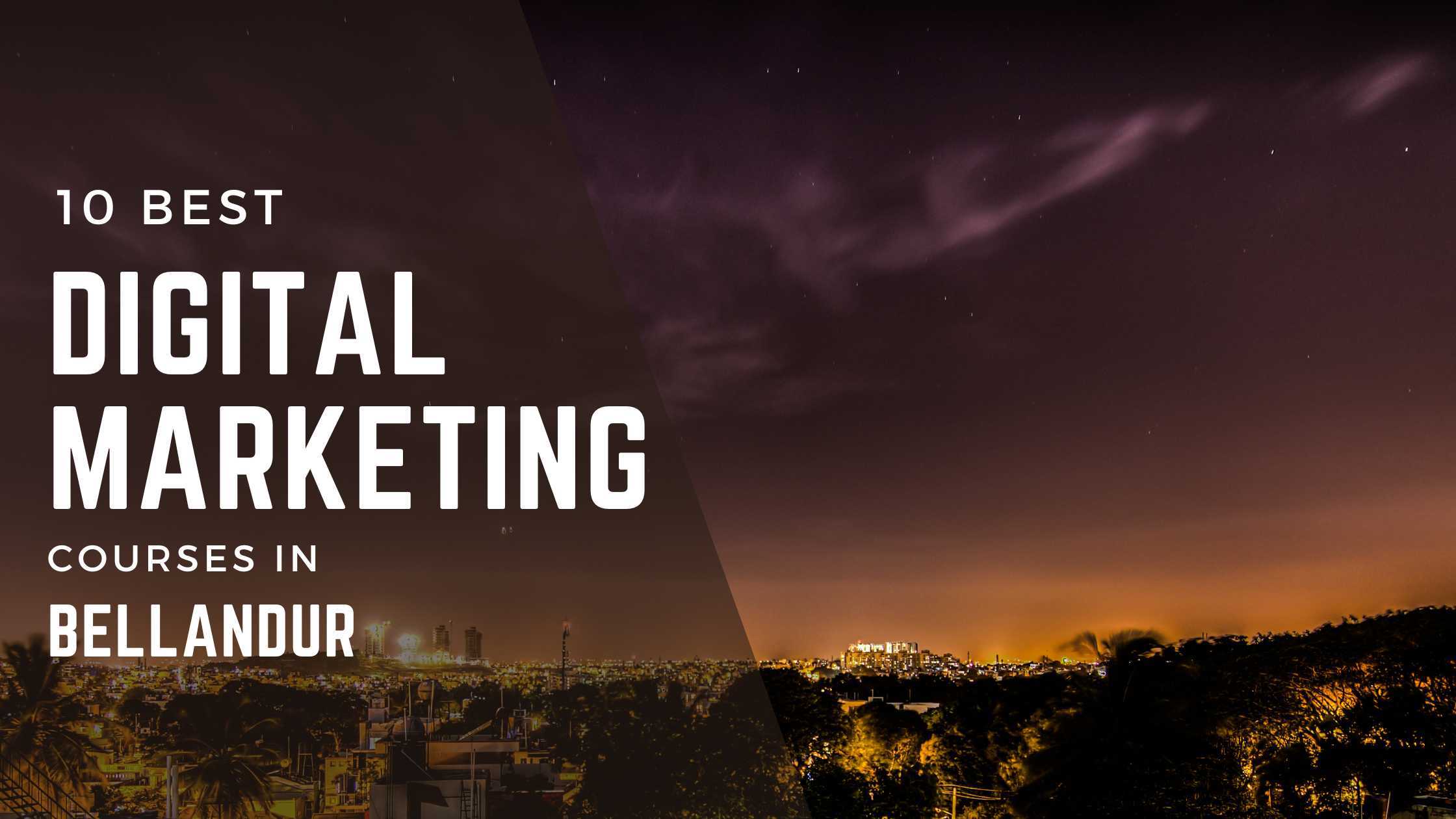Video is undoubtedly the most powerful marketing tool these days. As per Wyzowl, 93% of video marketers say that video plays an important role in their marketing strategy.
Video SEO is an instrumental part of the digital marketing space. Similarly, search engines also carry much importance. Search engines can make or break even the most influential videos.
Performing YouTube SEO makes Google appreciate your content. And this is how even your customers will like your work too.
On the organic front, you would prefer Google to showcase your videos.
It’s easier to rank on the top of the SERPs if you have a sufficient budget to hire video SEO services. However, if you don’t want to spend much and create content sporadically, or just wish to learn how to optimize your YouTube videos, you might have to do work a bit.
So, let’s first understand what is YouTube SEO?
YouTube SEO generally refers to the optimization for YouTube. It simply means optimizing the customer-centric video content on the YouTube channel to rank on the top of YouTube’s SERPs for different search queries.
Besides, YouTube SEO also lets your content rank outside the YouTube on SERPs such as Bing and Google Search.
Why is YouTube SEO important?
More than 4 billion people around the world watch videos on the internet every day. This constitutes 60% of the entire world population. Most people look for solutions to their problems on YouTube or use it for entertainment.
With YouTube being the second biggest search engine in the world, around 2 billion people watch videos in a month, with over 1 billion hours of video daily.
And presently, around 87% of the video marketers have used YouTube this year.
This is why YouTube SEO is important.
How does YouTube rank videos?
If you wonder how YouTube ranks its videos, the answer is really simple – Through algorithms.
YouTube algorithm is a sophisticated real-time feedback loop that matches every viewer to the kind of videos they’ll most likely watch.
For every video on the platform, the algorithm measures parameters like:
- Title
- Description
- Thumbnails
- Viewer comments, like or dislikes
- What they prefer to watch
- Videos that they don’t want to watch
- The time spent in watching
- ‘Not interested’ feedback
The algorithm strives to show videos that viewers prefer to watch. It also makes them watch videos which they like. This is known as audience retention.

As per Hootsuite, 70% of what people watch on YouTube is determined by its various algorithms.
So, your goal must be to get the YouTube algorithm to recognize your video content by getting your audience to like watching your videos. And not just like your video, but like it till the end.
The first three ranking factors mentioned above are the ones that can be controlled by you. Besides, everything else depends on your audience.
Before we dive into how to optimize your videos, you need to understand that your SEO will not work if your videos aren’t interesting and worth watching.
Top 17 Tips for Video SEO
Pick the right video-hosting platform
There are three different options for showcasing a video on your website, and all get different results for your video SEO.
- You can opt for a self-host video i.e. you upload a explainer video directly to your webpage
- A video embed from another public platform like YouTube
- Or a video embed from a private video-hosting site
Self-hosting is not a feasible option. As it takes a long to upload a video, and they break intermittently, and often viewers can’t even visualize the videos. It’s hard to say that it will benefit your SEO video strategy.
Apart from this, embed videos usually play smoothly on websites. The only difference is that embed videos from a private video-hosting site will keep the viewers engaged on a website, whereas a video embed from YouTube will mostly direct traffic to their platform.
It all depends on the fact whether you are working on your own website, YouTube or Vimeo video optimization.
Try to capture your audience’s attention
Besides working for optimizing your SEO video strategy, this tip also works for your video content as a whole.
Holding your viewers’ attention signifies that people will watch your entire video or most of it, which is good. However, it also means there will be higher viewer counts as well as the audience retention rate. And this factor drastically impacts video SEO optimization.
Begin your video in a way that gives a reason to them to watch it till the end. Make it interesting. Address the pain points that your content can solve and mention what your viewers will gain by watching your video while luring them by telling them that the most important part is towards the end.
If you do all this right, viewers will be glued to the screens.
Prioritize the Videos on your Website
Search crawlers don’t go looking for every video on the entire webpage. Instead, they stop looking once they have found one.
So, a good video SEO service would always prefer to keep the video you want to rank higher on search engine result pages before other videos. However, if you wish to optimize other videos for search, it’s better to use separate web pages and make sure they don’t compete against each other on aspects such as related keywords.
Use Keywords that Prioritize Video Results
It’s true that not all Google search results get video results on the ‘All’ page.
Google knows for what type of queries video content is more relevant. Therefore, it earmarks the keywords that match the video content. Such types of keywords must be included when you try to optimize video SEO as these are likely to get more views and clicks on your website.
Many times when you search for a particular keyword and no video appears on the search results, it means that the keyword isn’t prioritizing video results. So, avoid opting for such keywords.
Use Long-tail keywords
Long-tail keywords benefit both video marketers as well as digital marketers.
Long-tail keywords are not so popular keyword phrases that have low search volume. For example ‘summer shoes for girls’ get fewer searches but will benefit your overall SEO and video strategy as it can be customized to better suit your video content and the viewers you wish to attract.
On the other hand, short & generic keywords such as ‘women shoes’ have a high search volume as they are more popular on SERPs. Imagine how tough it is to compete with all those footwear manufacturers that have been using such keywords for years.
So, next time when you search for keywords, don’t stress on generic keywords with huge search volumes. Instead, focus on the specific keywords so that you can easily compete.
Tip: When you optimize YouTube videos, pay attention to the search bar’s suggestions. All you need to do is type a generic keyword associated with your field/industry and see how YouTube suggests completing the entire sentence.
Create Clickable Thumbnails
Click-through rates hugely impact video SEO optimization. And a good click-through rate begins with an eye-catching custom thumbnail.
The main goal here is to create a thumbnail that is attractive and understandable on any screen size. So, using an image with a simple composition such as an object or subject on an uncluttered background. If you want to add text to your thumbnail, keep it bold and in capital letters.
Tip: You can use an online thumbnail maker and add a custom image to do it.
The better you are at creating clickable thumbnails, the more exposure your videos will receive. And, eventually, it will be beneficial to your SEO video strategy.
Make the Most of the Title of your Video
For beginners, we suggest including your primary keyword at the beginning of your title. The rest of the job is done by algorithms.
Having said that, the latter part of the video title is a different video SEO optimization trick. Here you can use brackets and parentheses to offer better context of your video for better engagement on your videos.
Besides, bracketed spaces are also useful for managing unnatural keywords.
Write Detailed & Lengthy Descriptions
This is an important tip for those who wish to optimize their YouTube videos or videos on similar platforms.
Search crawlers aren’t so good at understanding and recognizing audiovisual content. But, how to tackle this issue? The answer is – lengthy descriptions.
A lengthy & detailed description of your video can make it more comprehensible for search crawlers. A long description means somewhere around 250 words where you can include more keywords and take your SEO video strategy to just another level.
However, make sure you do not overdo it. Write all the important information before the ‘see more’ button divides the description.
Avoid using Clickbait
In order to create engaging titles and thumbnails and boost the click-through rates, you may sometimes try to trick your audience into thinking that your video focuses on a topic that in reality, it doesn’t address.
Using click baits may result in higher click-through rates initially, but it also attracts a lot of dislikes, negative comments, and not to mention a huge bounce rate too. Therefore, it’s not an effective way to optimize your video SEO.
Also, click baiting is even worse for YouTube video optimization.
Add Tags
Video tags aren’t as beneficial as they were before. But anything is good if it works even a bit for your SEO video strategy.
Tags give a better idea to the search crawlers of what your video is about. This can feed into how well you place specific keywords. Tags also help when it comes to learning from competitors. You can check the tags which work for them and use those to improve your video SEO as well as content strategy.
Tip: A helpful tip to optimize your YouTube videos is to use tags for targeting keywords that are usually misspelled.
Add a Transcript
We have already mentioned that crawlers aren’t so good with audiovisual content. However, publishing a written version of your video – which means a transcript will make it easier for these crawlers to understand your video’s context. Also, you can add a variety of keywords too.
Additionally, a transcript allows you to include captions in your video which makes the content reach a broader audience while also resulting in a high completion rate.
Tip: We don’t suggest using automatic transcripts provided by YouTube as these are usually inaccurate. So, it’s better to upload your own transcripts or at least edit the ones provided by YouTube.
Use End Screens & Cards for YouTube Video SEO
Cards are placed inside a YouTube video to redirect the audience to another video on the channel. End screens also serve the same purpose, but they have a thumbnail at the end of the video.
All the above features increase the viewers’ watch time. In simple words, it makes viewers stay for a longer period of time watching your videos on YouTube, something that YouTube will give you for a higher rank on the SERP.
Besides, the videos that are linked will get more clicks, which is another important factor for YouTube video SEO.
Include TimeStamps to the How-to Videos
Any company providing video SEO prefers to show their tutorials on Google’s ‘key moments’. This feature is useful for showing particular sections of your video that match a specific query.
This can be done by adding timestamps to the how-to videos.
Timestamps are good for providing a better viewing experience to the audience, and they also offer Google with links to particular moments/fragments of the videos. This way the video platform shows various steps of the tutorial.
Tip: You can optimize your YouTube videos for showing on the ‘key moments’ feature. All you need to do is to indicate your timestamps in the description box of the videos with a label that describes them.
Examine & Analyze The Keywords You are Ranking For – YouTube Video SEO
This trick works for those who are looking to optimize the existing YouTube videos.
To do this, visit the Analytics dashboard and click on ‘Traffic Sources: YouTube search’. Here you’ll see all the keywords that your video is presently ranking for. This lets you check how your YouTube YouTube video optimization is performing, but also lets you discover new keywords for which your video organically ranks.
Now you can edit your video’s metadata such as tags, description, transcript, etc and add all these in it. This would increase your chances of ranking higher under a query you didn’t even know existed.
Make use of Transitive Verbs
If you create tutorials and want your content to feature on Google’s Suggested Clips, you should create interesting and to-the-point videos.
Google features tutorials that are precise and don’t beat around the bush. A video can only show as a suggested clip if it has transitive verbs – verbs that need an object.
So, in order to get featured on top of Google’s SERP as a suggested clip, make sure you use transitive verbs.
Boost Viewer Engagement
User engagement is also an important SEO video factor that drastically influences the ranking on SERPs. But, unfortunately, it is quite tough to manage too.
It’s true that user engagement depends more on the audience than you but still, you can encourage them to comment, like, share or subscribe.
Therefore, avoid making any generic pitches and stick to more personalized prompting. For example, instead of asking your audience to leave a comment, ask them a particular question about their opinion or experience.
Do not Just Rely on Video SEO
Algorithms consider many video SEO factors before determining your ranking in the SERPs. And, one of those factors is the number of views on the videos.
To increase your views, you not just need to boost your SEO video rankings but also create high-quality content and publish it for everyone to see.
Your views will increase organically and the algorithms will recognize your content if you promote your video content on various social media platforms and email.
Conclusion
In most areas, it’s the quality that matters more than the quantity. However, if we talk about SEO tips & tricks, video marketers require both quality and quantity.
Video SEO is a vast space. It includes a lot of factors and is constantly changing. This is why it’s necessary to know a few tips on this topic in order to do our best while optimizing video SEO.
Hope this guide will help you regarding this, and you’ll be able to use all the above-mentioned 17 tips on SEO video optimization.
Author:
Pavnendra Bhadhuria is the founder and CEO of Essence Studios, India’s top explainer video
production company. When he is not busy running the business, he shares his knowledge and
experience in the field of digital marketing through blogs. He is also an avid follower of cricket.















